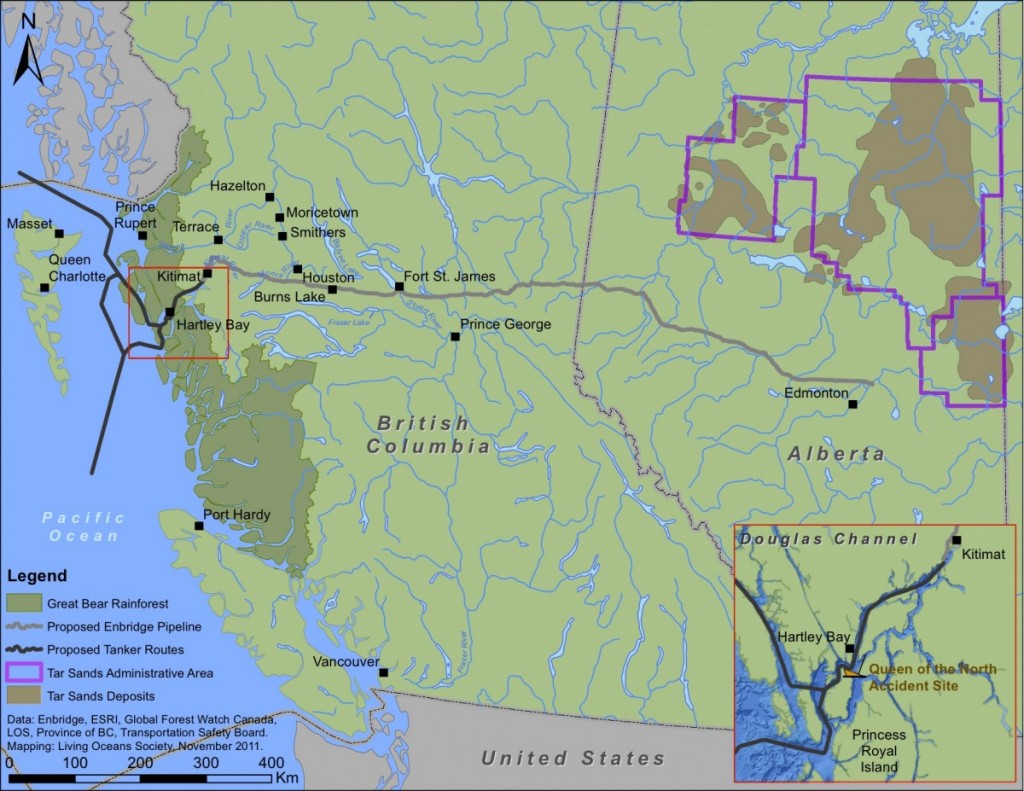Basic Knowledge on Soybeans
| COUNTRUES | PERCENTAGE of world production | PLANTING | HRVEST |
| United States | 38% | Soybean crops are planted beginning in late April and last through June. | Soybeans are mainly harvested in late September and are finished by the end of November. |
| Brazil | 25% | Mid-August through mid-December. | February through May. |
| Argentina | 19% | October through December. | April through early June. |
| China | 7% | Late April through mid-June. | September through early October. |
Cool Source of Information
Sep. 24, 2012
From this website, we can find latest news about agriculture commodities.
Sep. 25, 2012
http://www.reuters.com/article/2012/09/25/markets-grains-idUSL4E8KP4JC20120925
What did it say?
1. Earlier harvest on dry U.S. Midwest Weather. (The soybean harvest may be 14 percent smaller at 2.634 billion bushels.)
2. “The vast majority of farmers are looking to sell soybeans right out of the field to take advantage of record prices at harvest.”
3. “Soybeans are falling on fears of less Chinese demand for U.S. supplies,” said Greg Grow, the director of agribusiness at Archer Financial Services Inc. in Chicago. “Economic growth is slowing more than expected in China.”
4. A weaker dollar—EQ3
The expectations that U.S. supplies will be tight in the months to come.
Advancing Midwest harvest and good yieds”Farmers are going to hold on to their beans, and it could get tight between now and February,” said Gerry Gidel, chief feedgrain analyst at Rice Dairy LLC in Chicago.
5. U.S. soybeans ended marginally higher on Tuesday after a seesaw session, which saw talk of end-user demand and a weaker dollar lend support though gains were limited by an advancing Midwest harvest and accounts of good yields.
What can I get?
The supply of soybean will increase, and the instant supply of soybeans increase a lot and the price maybe go down in the short term.
Because China is one of the largest importer countries of soybeans, the worldwide demand for soybeans may be less, which would lead to the decrease of price.
And the weaker dollar will boost the purchase abilities of other countries. Thereby the demands of importer countries will be more. At the same time, positive outcome of harvest encourage farmers to hold on their beans for higher price in the future.
For this week, I checked the price change on GMEGroup.com by minutes and found that the future contract price of soybeans dropped gradually.
My reaction:
At first I offset all of my trades before, Because this week I just want to focus on I checked Gulsana’s blog and she said that she believed that holding a long position on soybeans is a right choice for this week. However, based on above analysis, I think, in the short term, the price will go down but may go up very soon. Therefore I decided to buy a short position on S3F and monitored the price change every couple of minutes.
|
Position |
Submit Time |
Submit Date |
Type |
Contract |
Quantity |
|
Long |
148 |
09-25-2012 |
Market |
C4U |
1 |
|
Long |
148 |
09-25-2012 |
Market |
SM2V |
1 |

